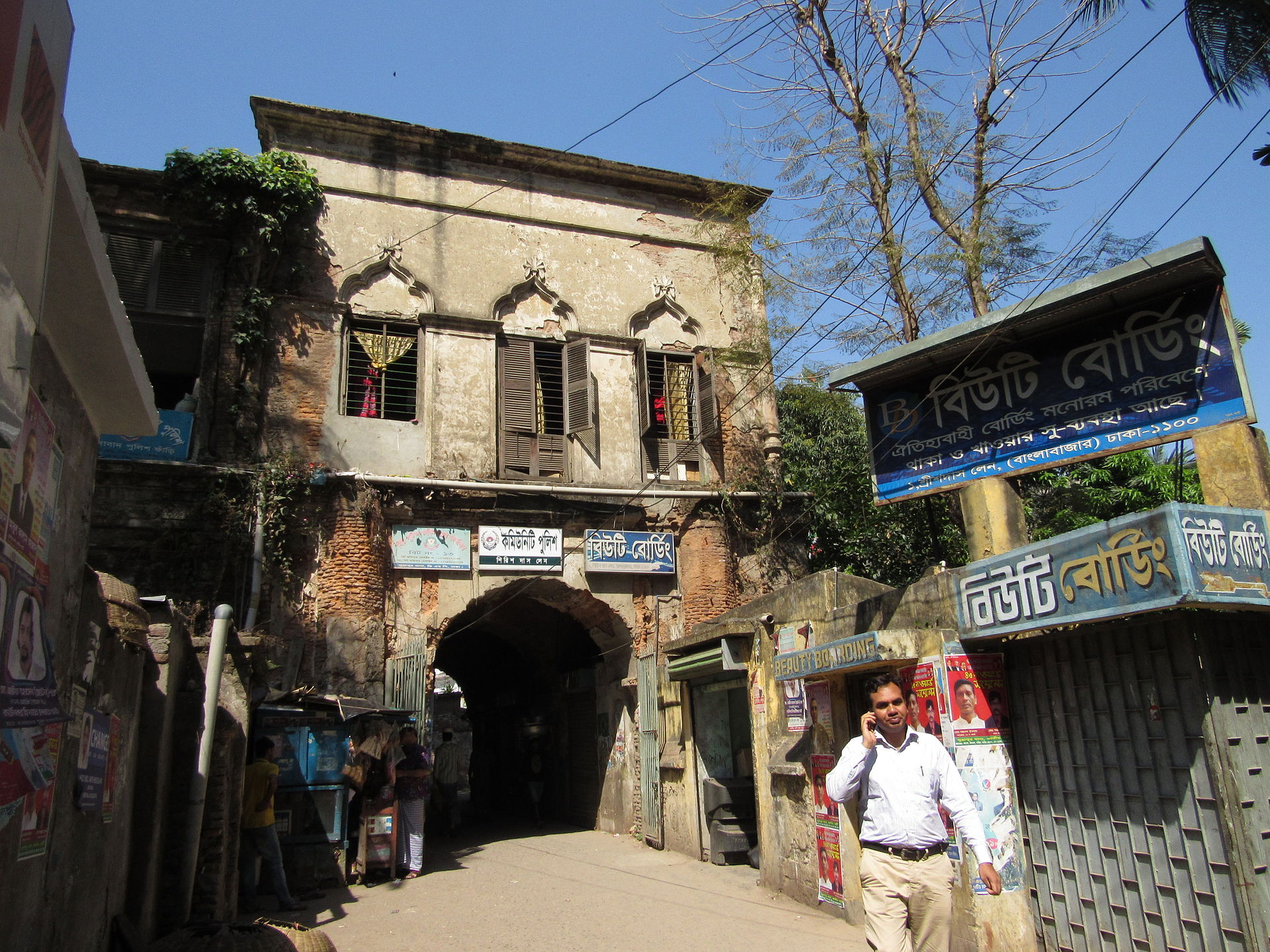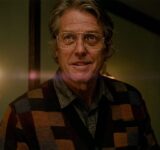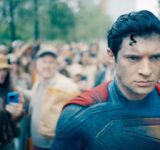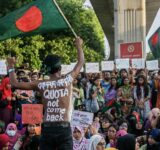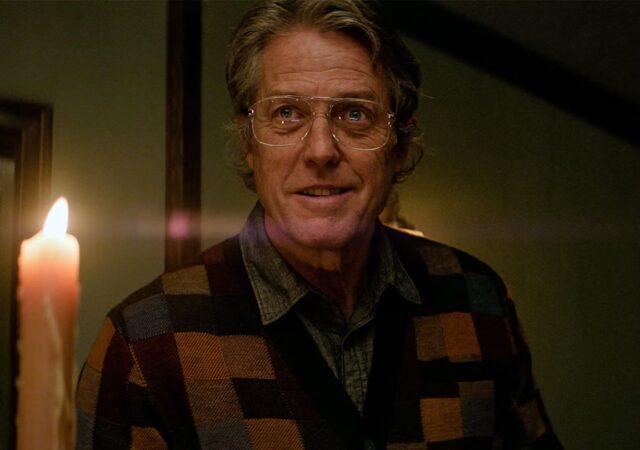Everything here feels intimately familiar and lived in. Maybe that’s because it’s been home to so many people in the last few decades.
As my friends and I walked past the alleys, I could not help but notice small groups of people chatting away at store fronts in between handling customers. It seemed to me that everyone in this part of the city was acquainted with one another. By this part of the city, I mean Puran Dhaka. The grandiose past of Dhaka that now lies more or less unattended but still manages to awe the tourist.
Lost Glory
The walk to Ruplal House from Beauty Boarding was not a pleasant one. It was rather unkind to the eyes and nose. We walked past several spice stores, occasionally dodging rikshas and stopping to investigate some lesser known landmarks.
Ruplal House is a 19th century mansion built by Armenian businessman Stephen Aratoon. It was later bought by the Ruplal brothers. It is one of the Renaissance style architecture in Bangladesh. What greeted us was not the royal mansion one would have envisioned. Vegetable sellers had occupied almost the entirety of the entrance leaving just enough room for the current occupants to enter their abode. The rooms around the central courtyard and on the first floor had been rented out. The house is in tatters; broken staircase, mossed covered and shabby walls and smashed windows are some of the current features of the once glorious mansion.
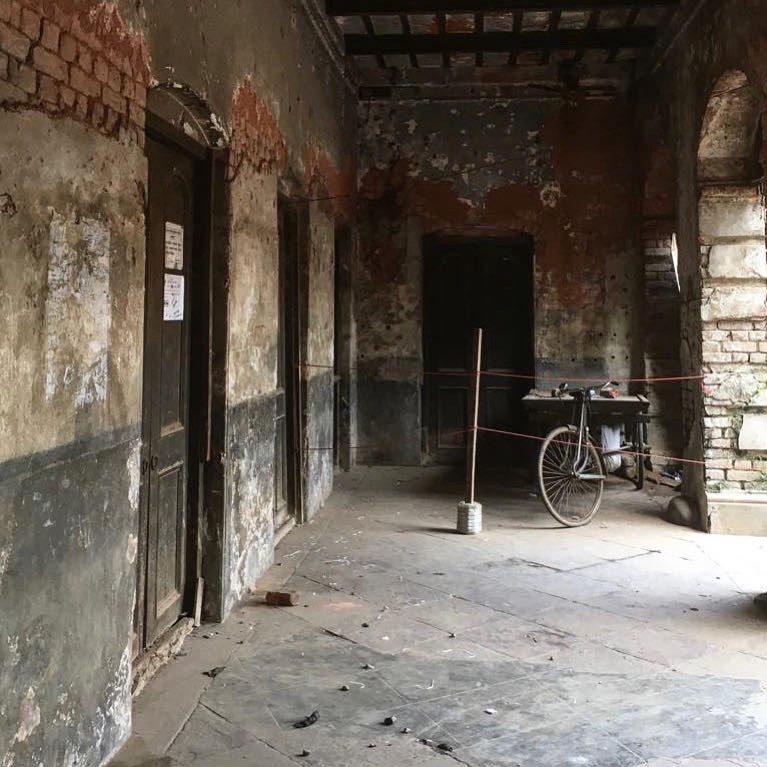
The relevant authorities must take immediate measures to restore it to its former glory as was done with Ahsan Manzil. Ruplal House had the honor of hosting a ball for the Viceroy of India in the 19th century. This unique of architecture deserves better care. Despite the shabby outlook, one would still come across glimpses of the elegant constructions.
The Pink Palace
My friend’s uncle, a resident of Puran Dhaka next decided to accompany us to a place called Nawab Bari. He took us through a shortcut. We entered a fish market and walked out 2 mins later to the sight of steamers and launches on the Buriganga river. So Puran Dhaka like. We then walked along the river bank until the road was free enough to take a riksha.
I was under the impression that Nawab Bari was another ancient mansion in Puran Dhaka that nobody really talks about until the riksha carrying us stopped at the gates of Ahsan Manzil. Turns out Ahsan Manzil is Nawab Bari for the locals. Ahsan Manzil is exactly the opposite of Ruplal House. It is well maintained, well-guarded and still grand. Anybody wishing to visit must buy a ticket first. Even if you are not a history buff, the museum and the palace itself will enthrall you. The museum stores ancient artifacts, belongings of the Nawab family, old books, paintings, etc. Overlooking the Buriganga river, the Indo Saracenic Revival architecture used to be the palace of the Nawab of Dhaka.
Squatters took over the palace when the successors of the Nawab family started leaving the country one by one. The government of Bangladesh initiated the renovation of Ahsan Manzil in 1985 and it is now of the main tourist attractions of the city.
The Literary Den
Before these mansion explorations, we had been to Beauty Boarding earlier in the day. Beauty Boarding is to Dhaka what Shakespeare and Company and Coffee House is to Paris and Kolkata respectively. Beauty Boarding deserves more recognition. Prior to the Liberation War of 1971 this motel cum restaurant with its yellow buildings and green windows and doors buzzed with the addas of writers and poets and the presence of creative and progressive people. Some of its well-known visitors include author Syed Shamsul Haque, poet Belal Chowdhury, actor Probir Mitra, film-maker Zahir Raihan and the Father of the Nation Sheikh Mujibur Rahman. The list goes on and on. In 1971, the owner Prohladh Saha along with 17 other staff and boarders were brutally murdered by the Pakistan army.

A part of Beauty Boarding is kept closed off currently probably due to its fragile condition. Heritage is still intact though. The people running the place are kind, welcoming and open to conversations regarding the establishment’s glorious and not so glorious days. The literacy den may not be in its hay days anymore, nevertheless writers and poets still occasionally gather there.
Puran Dhaka with its heritage, colonial era street names and eccentric architecture never fails to amaze. The historic value it holds is non-quantifiable.

